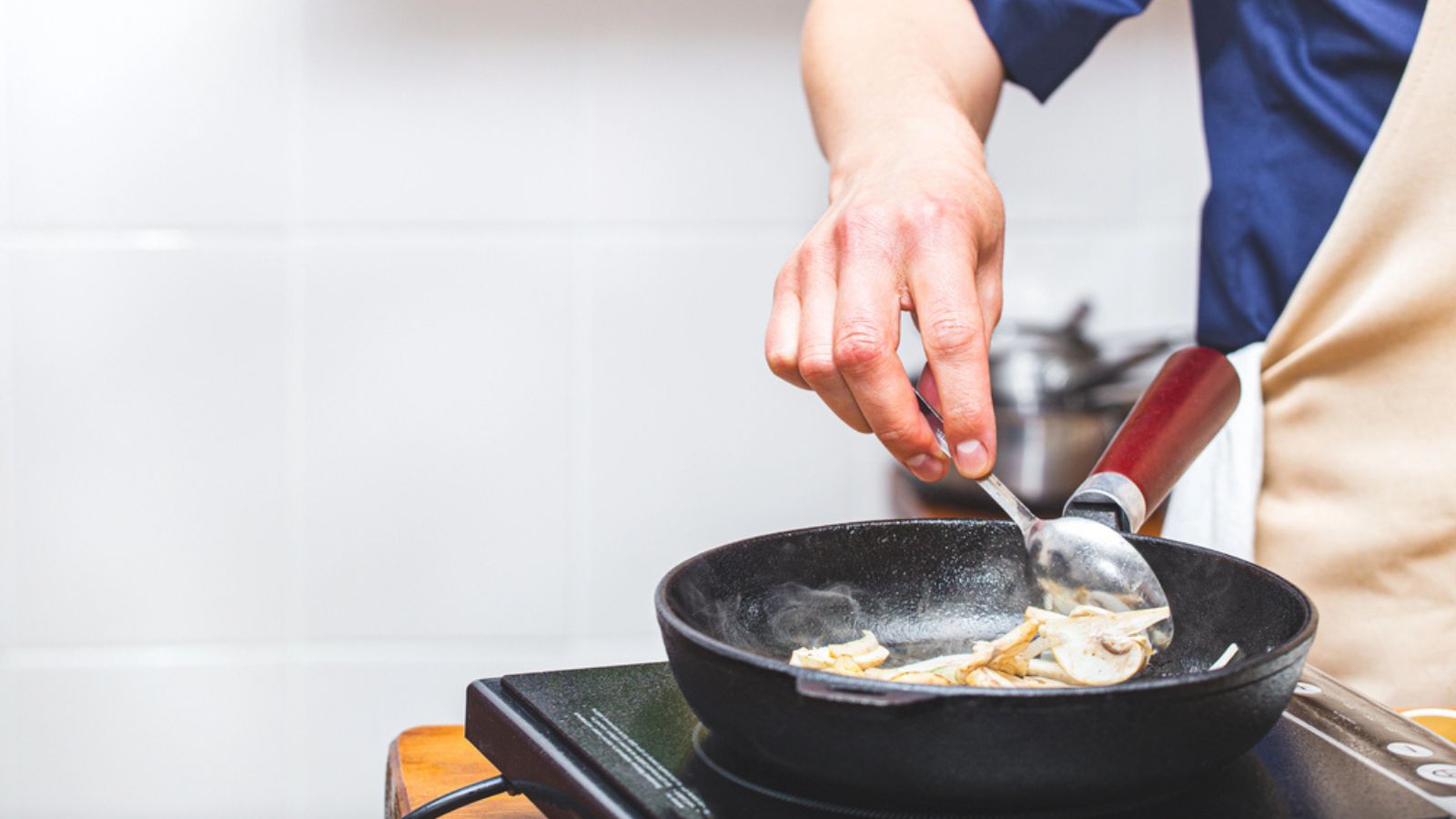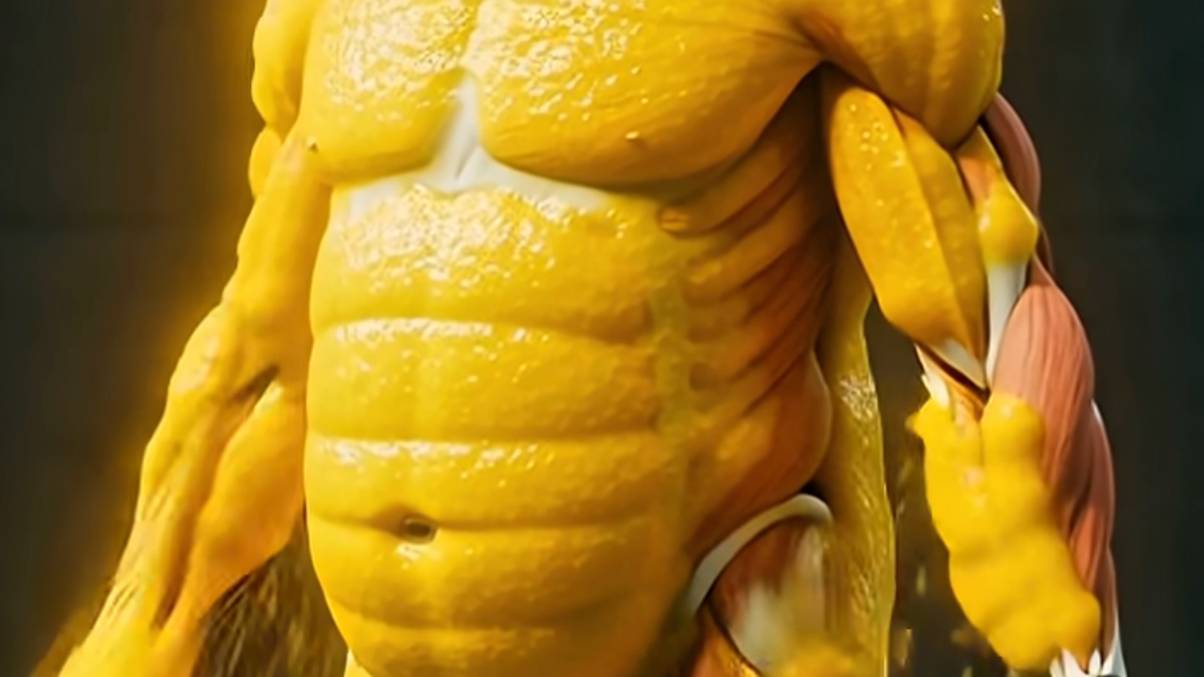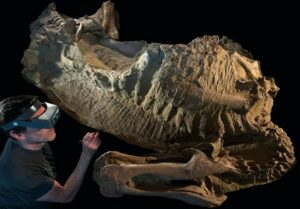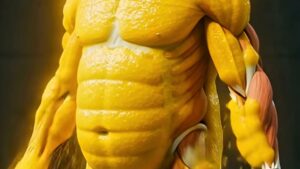The Surprising Science Behind ‘Rubbing It Better’—Is It Magic or Medicine?
Remember those childhood scrapes that vanished with just a simple rub from Mom or that comforting pat from Mrs. Appleby? If you’re anything like me—injury magnet deluxe—you know that magic touch seemed to erase all pain almost instantly. But guess what? It’s not just fairy dust and good vibes at work here; there’s some fascinating science behind why those little healing rituals actually work. Enter the ‘gate control theory of pain,’ a nifty concept suggesting your brain plays referee, deciding which pain signals get through and which get blocked. It’s like your own internal bouncer, keeping the hurt at bay—sometimes so effectively that folks in serious accidents report feeling no pain at all until the danger’s passed. Next time someone promises to ‘kiss it better,’ maybe don’t write it off as just sweet talk. Intrigued?
If, like me, you were an injury-prone kid, some of your core childhood memories will include having various ailments miraculously healed by the magic touch of a trusted adult.
Fell over and bumped your knee? Mum will rub it better. Bashed heads with another kid at nursery? Mrs Appleby will rub it better.
It’s a little piece of magic I use on my own clumsy toddler several times a day and while I always believed it to purely be about receiving comfort from a loved one, there’s actually some pretty incredible science behind it.
According to pain specialist and behavioural medicine psychologist Dr Judith Scheman, it’s something called ‘the gate control theory of pain’, which theorises that the brain can choose which pain signals come through and which don’t.
.jpg)
It’s incredible what the human body can do (Getty Stock Images)
As per the Cleveland Clinic, Dr Scheman explained: “Gate control is why rubbing a boo-boo works.
“Part of the reason it’s effective is that it distracts from the injury, which actually diminishes the amount of pain felt. But the other reason it works is explained by gate control theory.”
The theory was first dubbed by researchers Ronald Melzack and Patrick Wall in 1965, while trying to explain how non-painful stimuli can reach the brain faster than painful ones.
“A gate control system modulates sensory input from the skin before it evokes pain perception and response,” they said.
Meanwhile, Dr Scheman said that the theory suggests ‘the sensation of a noxious stimuli can be blocked by a non-noxious stimuli carried by nerve fibres that reach the brain before the painful input because those nerve fibers are slower’.
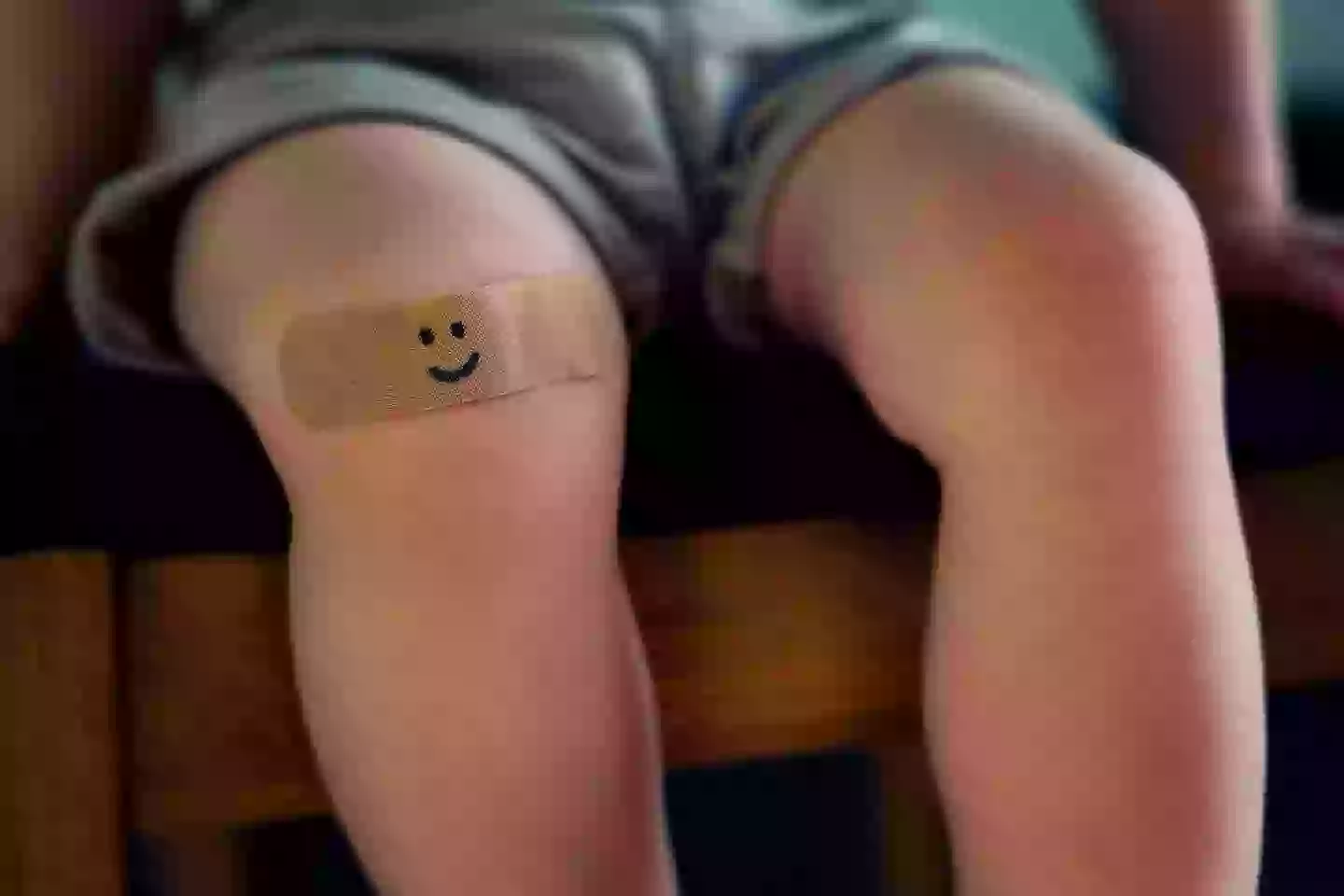
The brain can choose which pain signals to feel (Getty Stock Images)
Putting that into simpler terms, the ‘gates’ of the brain essentially decide which pain signals are allowed to pass through and which ones aren’t, determining how much you’re able to feel. So, if you’re being touched in a non-painful way, that feeling will reach your brain before the pain signals are able to get there.
If you’ve ever heard of someone surviving serious injuries from an accident, they often say that at the time the injuries occurred, they didn’t feel any pain. This is ‘literally a survival mechanism’ as Dr Scheman explains.
“Imagine, for instance, that a saber-toothed tiger swiped at you. If you were paralysed by that horrific pain, the animal would kill you,” she said. “But if you don’t feel all of the pain, you’re able to fight it or to run away.”
Next time you hear a parent telling their child they’ll ‘kiss it better’, believe them.







